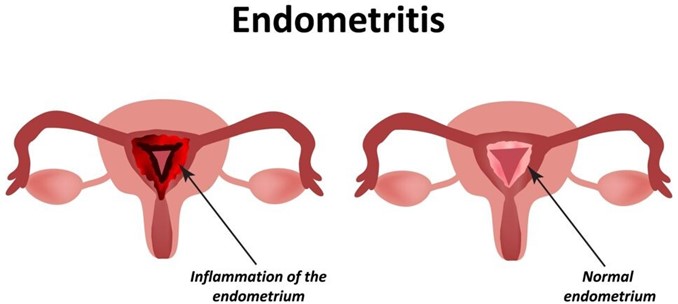The practical nurse (PN) notices that one of the unlicensed assistive personnel (UAP) working in the long term care facility consistently records subnormal temperatures when using a tympanic thermometer. Which action should the PN take first?
Observe how UAP obtains temperatures.
Return the thermometer for recalibration.
Demonstrate how to use the equipment.
Show UAP how to chart temperatures.
The Correct Answer is A
Observe how UAP obtains temperatures.
Choice A rationale:
The PN should first observe how the unlicensed assistive personnel (UAP) obtains temperatures using a tympanic thermometer. This step is essential to determine if there is an error in the technique or if the thermometer is malfunctioning. Correct technique and proper use of equipment are crucial to obtaining accurate and reliable temperature readings.
Choice B rationale:
While returning the thermometer for recalibration might be necessary if the thermometer is indeed faulty, it should not be the first action the PN takes. Observing the UAP's technique will help identify if the issue lies with the equipment or the individual's method.
Choice C rationale:
Demonstrating how to use the equipment might be helpful if the UAP is incorrectly using the thermometer. However, observing the UAP's technique first will help the PN identify if there is a need for retraining or recalibration.
Choice D rationale:
Showing the UAP how to chart temperatures is not the first priority when inconsistent readings are noted. Ensuring the accuracy of temperature measurements is essential for proper patient care and assessment.
Nursing Test Bank
Naxlex Comprehensive Predictor Exams
Related Questions
Correct Answer is C
Explanation
Check fundal consistency and continue to monitor the lochial flow amount.
Choice A rationale:
Inserting an indwelling catheter to empty the bladder and contract the fundus is not the appropriate action for a sudden gush of vaginal blood and blood clots. The priority here is to assess the fundus, not intervene with an indwelling catheter. Catheterization may be necessary for other reasons, but not in this context.
Choice B rationale:
Returning the client to bed and maintaining bedrest until the lochial flow slows may be a reasonable initial response, but it is not the most appropriate action. The sudden gush of blood and presence of blood clots could be indicative of postpartum hemorrhage or retained placental tissue, which require prompt evaluation.
Choice C rationale:
Checking fundal consistency and continuing to monitor the lochial flow amount is the most appropriate action. The sudden gush of blood and clots suggest a possible uterine atony or retained products of conception. Assessing the fundal height and firmness helps identify if the uterus is contracting adequately, while monitoring the lochial flow amount can indicate ongoing bleeding.
Choice D rationale:
Massaging the fundus and avoiding direct pressure on the cesarean incision is not the recommended action in this situation. Massaging the fundus without assessing its consistency could worsen bleeding if there is uterine atony, and the client needs immediate evaluation and monitoring.
Correct Answer is D
Explanation
This is the finding that the PN should instruct the postpartum client to report to the charge nurse because it may indicate an infection, such as endometritis, mastitis, or urinary tract infection, that requires prompt treatment. The PN should also instruct the client to monitor for other signs of infection, such as foul-smelling lochia, redness or tenderness of the breasts, or dysuria.

A. Increased diaphoresis during the day and night is a normal finding in the postpartum period and does not need to be reported. It is caused by hormonal changes and fluid shifts that occur after delivery.
B. Breast engorgement on the fourth postpartum day is a normal finding in the postpartum period and does not need to be reported. It is caused by increased blood flow and milk production in the breasts.
C. Lochia color that changes to light pink or white is a normal finding in the postpartum period and does not need to be reported. It indicates that the uterine lining is healing and regenerating after delivery.
Whether you are a student looking to ace your exams or a practicing nurse seeking to enhance your expertise , our nursing education contents will empower you with the confidence and competence to make a difference in the lives of patients and become a respected leader in the healthcare field.
Visit Naxlex, invest in your future and unlock endless possibilities with our unparalleled nursing education contents today
Report Wrong Answer on the Current Question
Do you disagree with the answer? If yes, what is your expected answer? Explain.
Kindly be descriptive with the issue you are facing.
